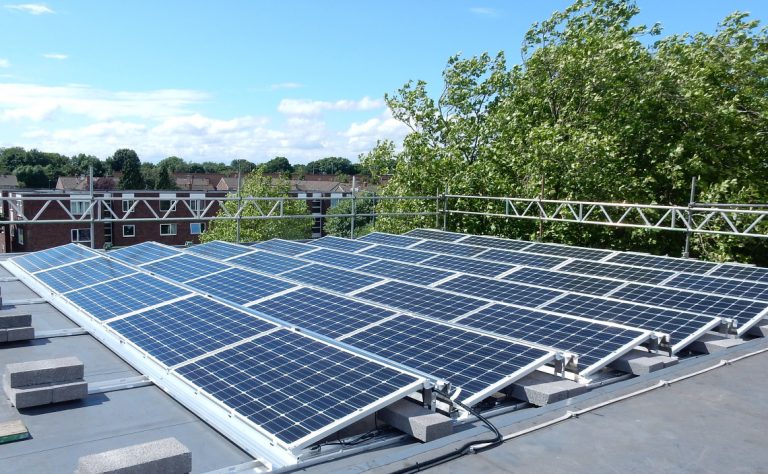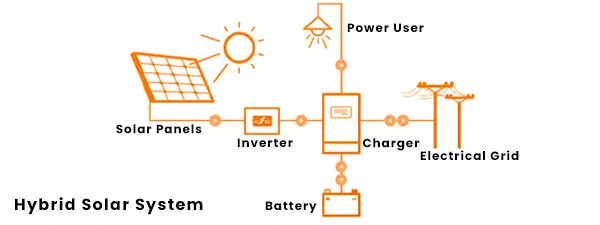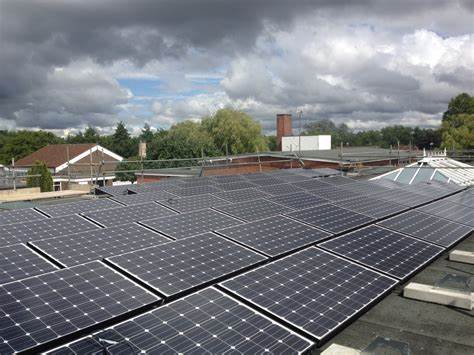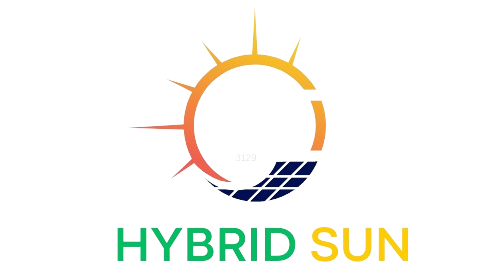Advancements in Off grid Solar Installation



In the quest for sustainable and efficient energy solutions, hybrid solar systems have emerged as a powerful and versatile option. By combining the benefits of solar photovoltaic (PV) technology with energy storage and other power sources, hybrid solar systems offer a comprehensive solution that addresses the challenges of intermittent sunlight and varying energy demands. In this blog, we’ll delve into the world of hybrid solar systems and explore the advantages they bring to the table.
Understanding Hybrid Solar Systems
A hybrid solar system integrates solar panels with energy storage and often incorporates additional power sources such as wind turbines or a backup generator. The key feature that sets hybrid systems apart is their ability to store excess energy generated during periods of high sunlight and deploy it when sunlight is scarce, ensuring a continuous and reliable power supply.
Hybrid solar systems represent a leap forward in the evolution of renewable energy solutions. By combining the reliability of solar power with the flexibility of energy storage and backup sources, these systems provide a comprehensive and sustainable solution to meet the energy needs of homes, businesses, and communities. Embrace the power of hybrid solar technology and experience the best of both worlds in your pursuit of a greener and more resilient energy future.
Advantages of Hybrid Solar Systems
Energy Independence: Hybrid solar systems reduce reliance on the grid by storing excess energy, providing a degree of energy independence. This can be particularly valuable during power outages or in areas with unreliable grid infrastructure.
24/7 Power Supply: The integration of battery storage ensures a continuous power supply, even when sunlight is unavailable. This makes hybrid systems an ideal choice for locations with frequent power disruptions or off-grid installations.
Optimized Energy Use: Hybrid systems intelligently manage energy production and consumption, optimizing the use of solar power and stored energy to reduce electricity costs.
Environmental Impact: By maximizing the use of clean, renewable energy sources, hybrid solar systems contribute to a significant reduction in greenhouse gas emissions, promoting a more sustainable and eco-friendly energy solution.
Financial Savings: While the initial investment in a hybrid solar system may be higher, the long-term savings on energy bills, coupled with potential incentives and rebates, make it a financially viable choice.

Components of a Hybrid Solar System
Solar Panels: Solar panels are the foundation of any solar energy system. They convert sunlight into electricity, generating power during daylight hours.
Inverter: An inverter is a crucial component that converts direct current (DC) generated by the solar panels into usable alternating current (AC) for your electrical appliances.
Battery Storage: Hybrid systems incorporate energy storage solutions, typically in the form of rechargeable batteries. These batteries store excess energy during sunny periods and release it when demand exceeds solar production.
Charge Controller: A charge controller regulates the charging and discharging of the batteries, preventing overcharging and ensuring optimal battery health.
Backup Power Source: Some hybrid systems include a backup power source, such as a generator or wind turbine, to provide electricity during extended periods of low sunlight or high demand.
